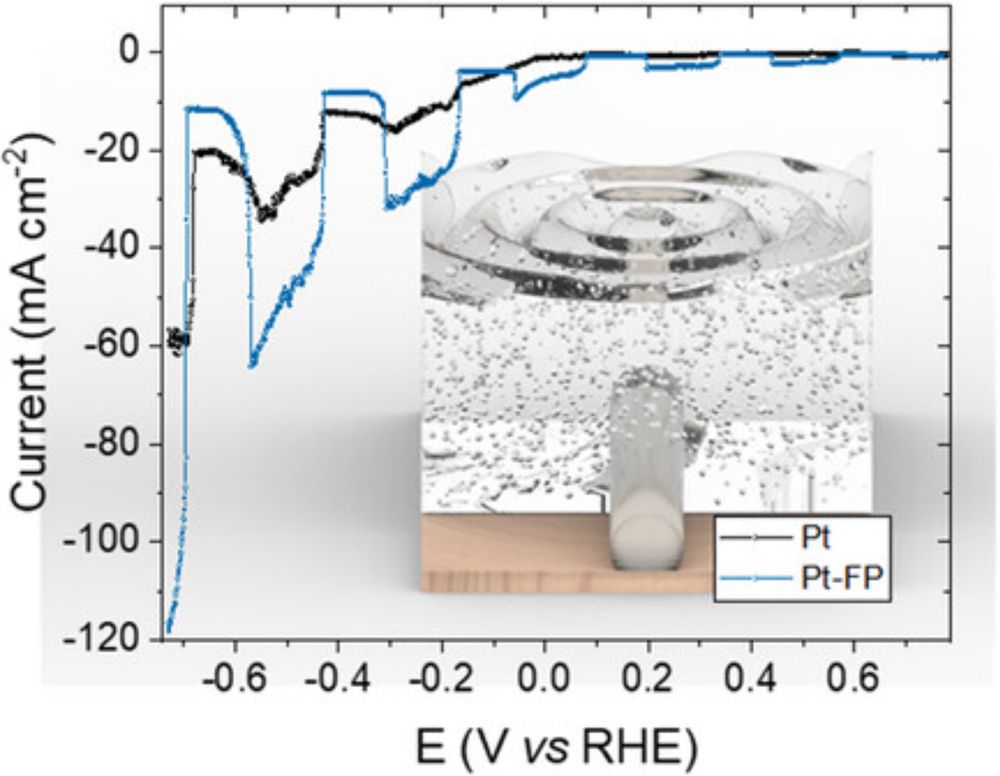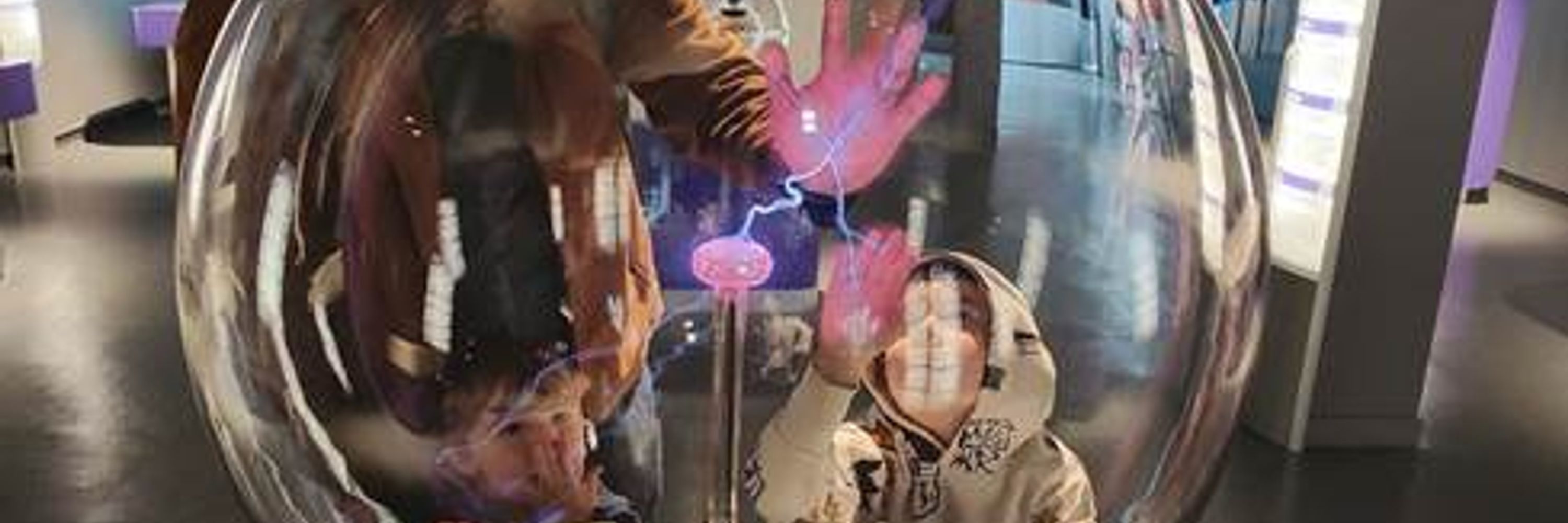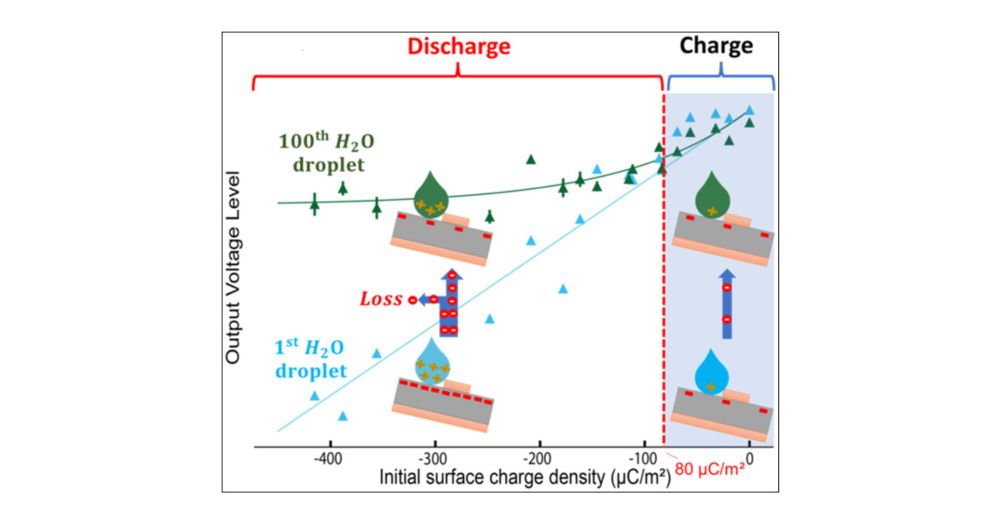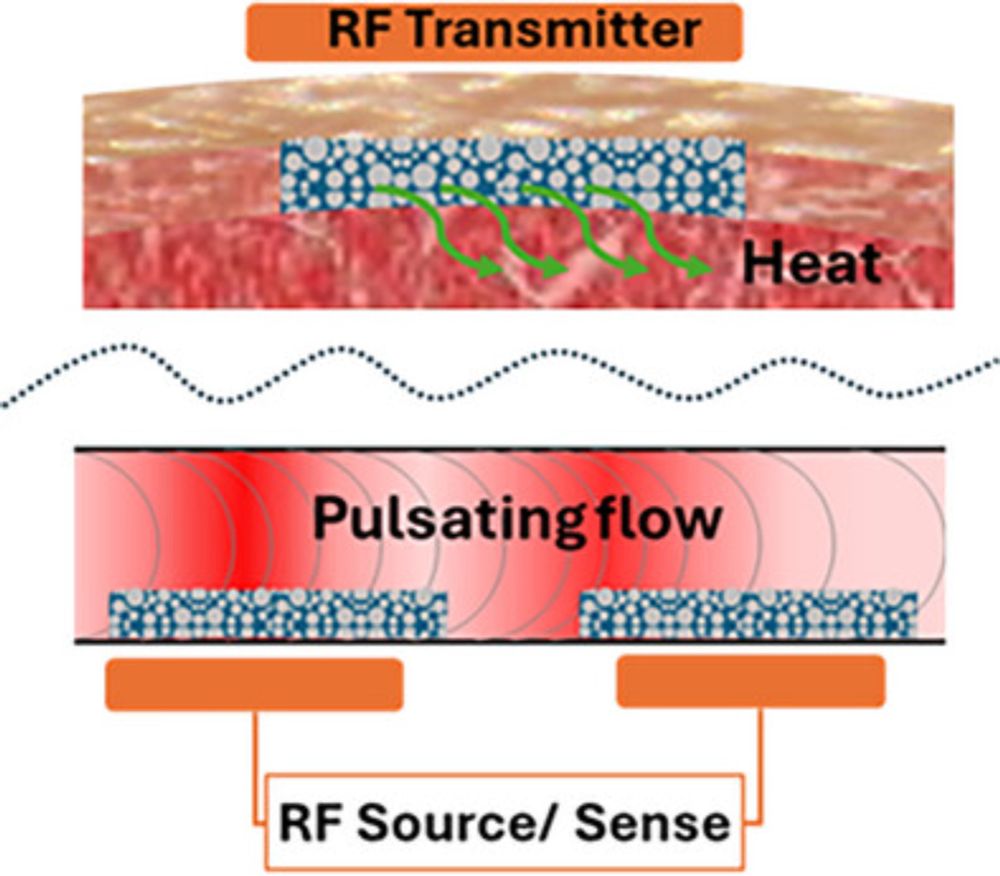Dr Peter Sherrell
@nanoin3d.bsky.social
1.1K followers
430 following
65 posts
Using waste energy to drive chemical reactions
Senior Vice Chancellor's Research Fellow (Group Leader) - RMIT University, Australia
Catalysis; Energy Harvesting; Materials Science; Polymers; Electrochemistry; Triboelectricity
Posts
Media
Videos
Starter Packs
Dr Peter Sherrell
@nanoin3d.bsky.social
· May 15
Dr Peter Sherrell
@nanoin3d.bsky.social
· May 14

Piezo‐Electro‐Catalytic Hydrogen Production via Piezoelectric Fluoropolymers
Piezo-electro-catalysis is demonstrated to double the efficiency of hydrogen production from acid by combining a self-poled fluoropolymer with a platinum mesh. The improvement is attributed to locali...
dx.doi.org
Dr Peter Sherrell
@nanoin3d.bsky.social
· May 14

Piezo‐Electro‐Catalytic Hydrogen Production via Piezoelectric Fluoropolymers
Piezo-electro-catalysis is demonstrated to double the efficiency of hydrogen production from acid by combining a self-poled fluoropolymer with a platinum mesh. The improvement is attributed to locali...
dx.doi.org
Reposted by Dr Peter Sherrell
Dr Peter Sherrell
@nanoin3d.bsky.social
· Mar 13

Water movement on surfaces makes more electric charge than expected
Researchers from RMIT University and the University of Melbourne have discovered that water generates an electrical charge up to 10 times greater than previously understood when it moves across a surf...
phys.org
Dr Peter Sherrell
@nanoin3d.bsky.social
· Mar 13

Water movement on surfaces makes more electric charge than expected
Researchers from RMIT University and the University of Melbourne have discovered that water generates an electrical charge up to 10 times greater than previously understood when it moves across a surf...
phys.org
Reposted by Dr Peter Sherrell
Dr Peter Sherrell
@nanoin3d.bsky.social
· Mar 12
Irreversible Charging Caused by Energy Dissipation from Depinning of Droplets on Polymer Surfaces
Interfacial energy dissipation during stick-slip motion of a liquid drop on a nonconductive polymer substrate is shown to lead to an irreversible increase in electrical charge. This previously unobser...
journals.aps.org
Dr Peter Sherrell
@nanoin3d.bsky.social
· Mar 12
Dr Peter Sherrell
@nanoin3d.bsky.social
· Mar 12
Irreversible Charging Caused by Energy Dissipation from Depinning of Droplets on Polymer Surfaces
Interfacial energy dissipation during stick-slip motion of a liquid drop on a nonconductive polymer substrate is shown to lead to an irreversible increase in electrical charge. This previously unobser...
journals.aps.org
Dr Peter Sherrell
@nanoin3d.bsky.social
· Feb 17

Printing Bioderived and Biodegradable Triboelectric Nanogenerators via Dual-Head Additive Manufacturing
Society needs regenerative technology, that is, technology that replenishes the world as it functions. While energy harvesting technology, including triboelectric nanogenerators (TENGs), provide promi...
doi.org
Reposted by Dr Peter Sherrell












